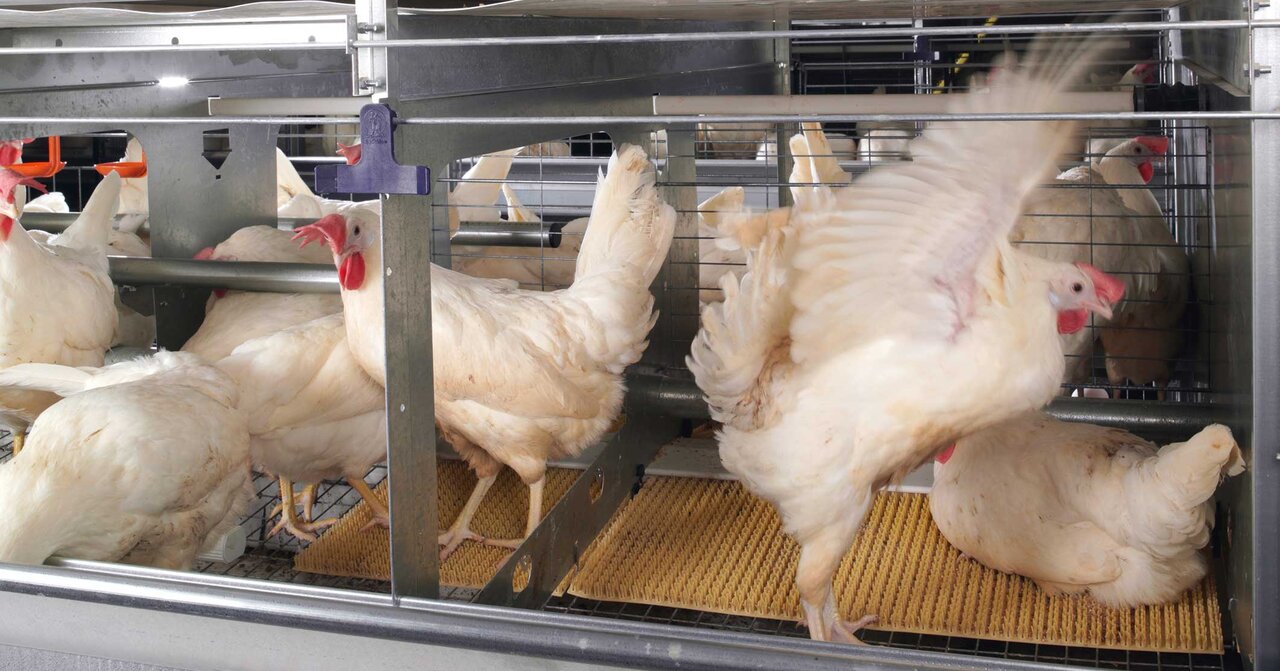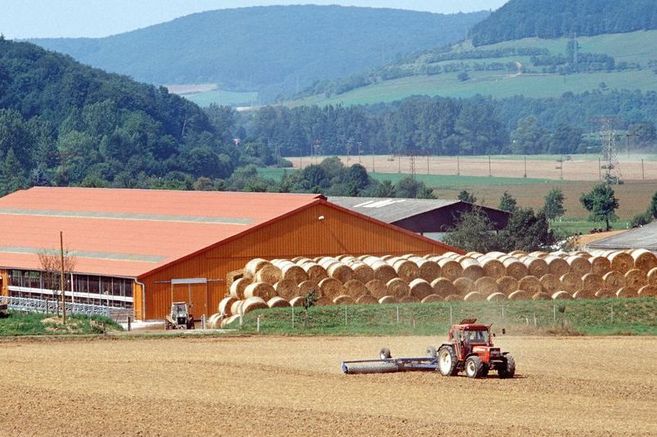Project
Laying hens in small group systems - is it profitable?

Economic efficiency of small group systems for laying hens in Germany
The ban of conventional cages for laying hens in Germany in 2010, two years before the European ban due to the Directive 1999/74/EC, has led to a significant change in production structure and has improved animal welfare.
Background and Objective
Since small group systems are relatively new, this study will show new results resulting to their economic efficiency in comparison with aviary systems. However, there is still a public discussion on small group systems in regard to their economic efficiency and their impacts on animal welfare and environment. The discussion relates to points like sufficient floor space for movement, perches, nests and scratching area. In this way we want to determine, how the conditions of hen husbandry and the marketing of eggs affect the profitability of egg production in practice.
Approach
The data needed for the calculation was not available and had to be collected from selected farms in Germany. A questionnaire was developed for the enquiries in cooperation with the Institute of Biometry, Epidemiology and Information processing at the University of Veterinary Medicine in Hannover. The data has been subscribed to the questionnaire by the author together witth the farmers.
Data and Methods
The empirical basis is a survey of 64 flocks in northern, central and southern Germany (1-3 flocks per farm) presented by a convenient sample. However, the participation of farms with very large flocks was small. The calculation of costs and returns is based on a concept proposed by the German Agricultural Society.
Results
In both housing systems, production costs decrease with increasing flock size due to improved physical performance. In small group systems the decline of the returns per egg with increasing flock size is less pronounced than the drop of the costs, so the margin of returns and costs increases. It becomes obvious that farms with larger flocks have economic advantages over farms with small flocks. In contrast to small group systems, the margin of costs and returns in aviaries declines with increasing flock size. This implies that an increase of size has more positive impacts on farms with small group systems than on farms with aviary systems.
Thünen-Contact

Involved external Thünen-Partners
- Friedrich-Loeffler-Institut, Bundesforschungsinstitut für Tiergesundheit (FLI)
(Greifswald-Insel Riems, Braunschweig, Celle, Deutschland)
Duration
4.2009 - 2.2013
More Information
Project status:
finished
Publications to the project
- 0
Campe A, Hoes C, Kösters S, Frömke C, Bessei W, Knierim U, Schrader L, Kreienbrock L, Thobe P (2015) Determinants of economic success in egg production in Germany – here: laying hens kept in aviaries or small-group housing systems. Landbauforsch Appl Agric Forestry Res 65(3/4):227-238, DOI:10.3220/LBF1447678999000
- 1
Thobe P, Haxsen G (2014) Economic efficiency of small group housing and aviaries for laying hens in Germany. Eur Poultry Sci 78, DOI:10.1399/eps.2014.27
- 2
Thobe P, Haxsen G (2014) Eficiencia economica del alojamiento de las ponedoras en bateria y aviarios en Alemania. Selecc Avicol 57(2):21-28
- 3
Thobe P, Haxsen G (2013) Analyse der Wirtschaftlichkeit der Kleingruppen- und Volierenhaltung bei Legehennen. Braunschweig: Johann Heinrich von Thünen-Institut, 23 p, Thünen Working Paper 8, DOI:10.3220/WP_8_2013







